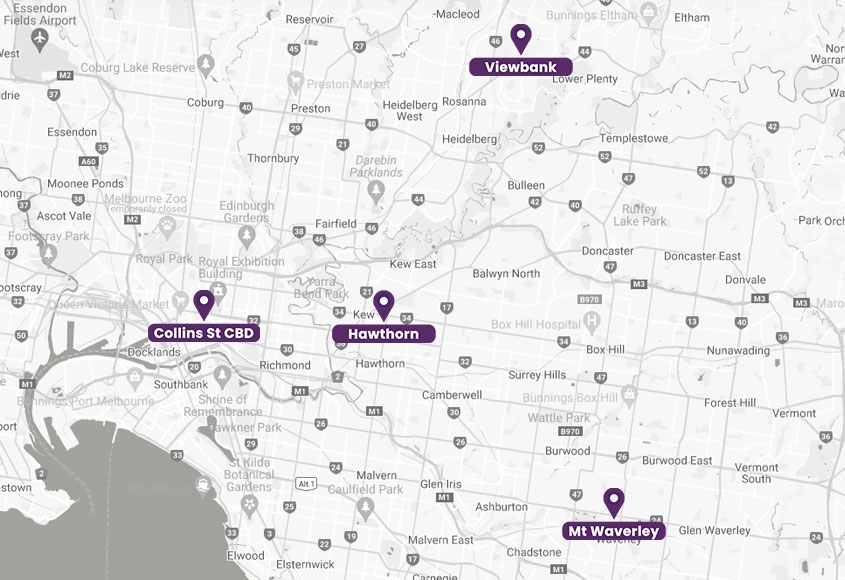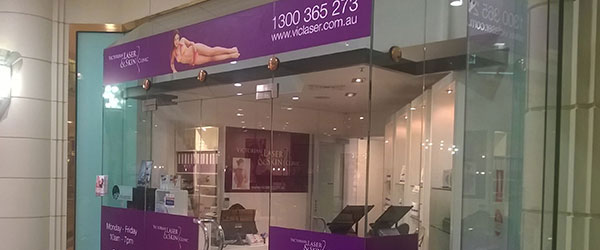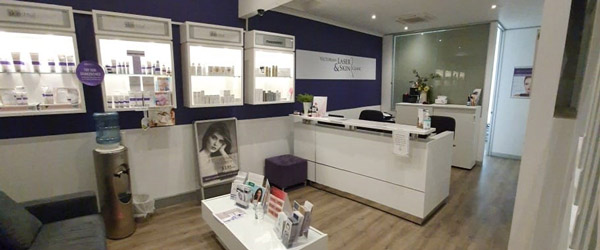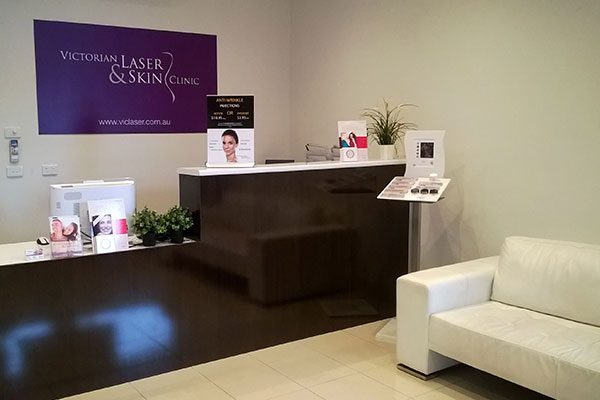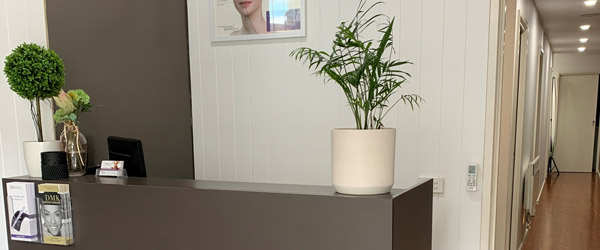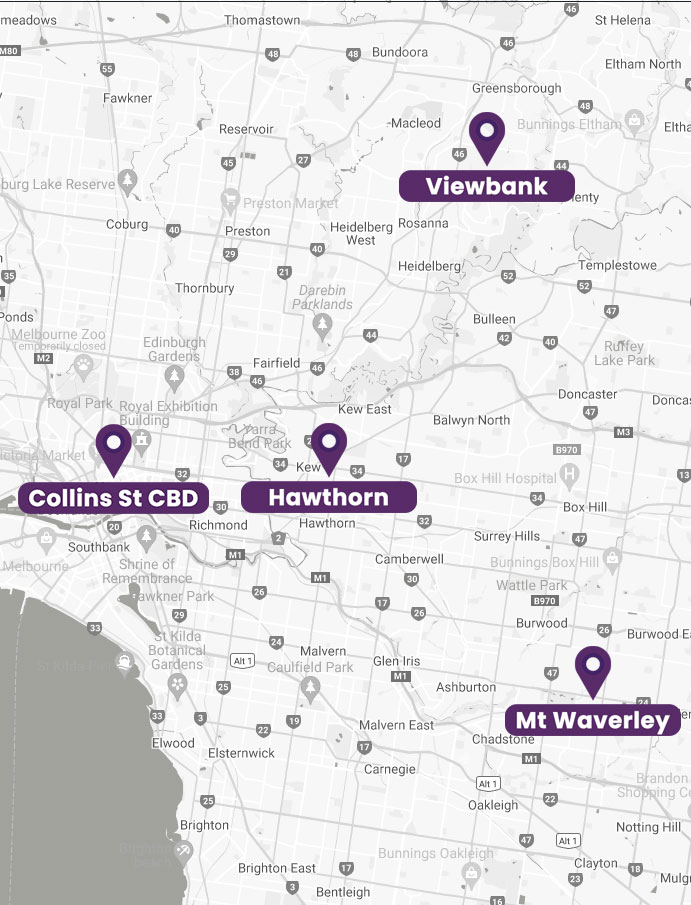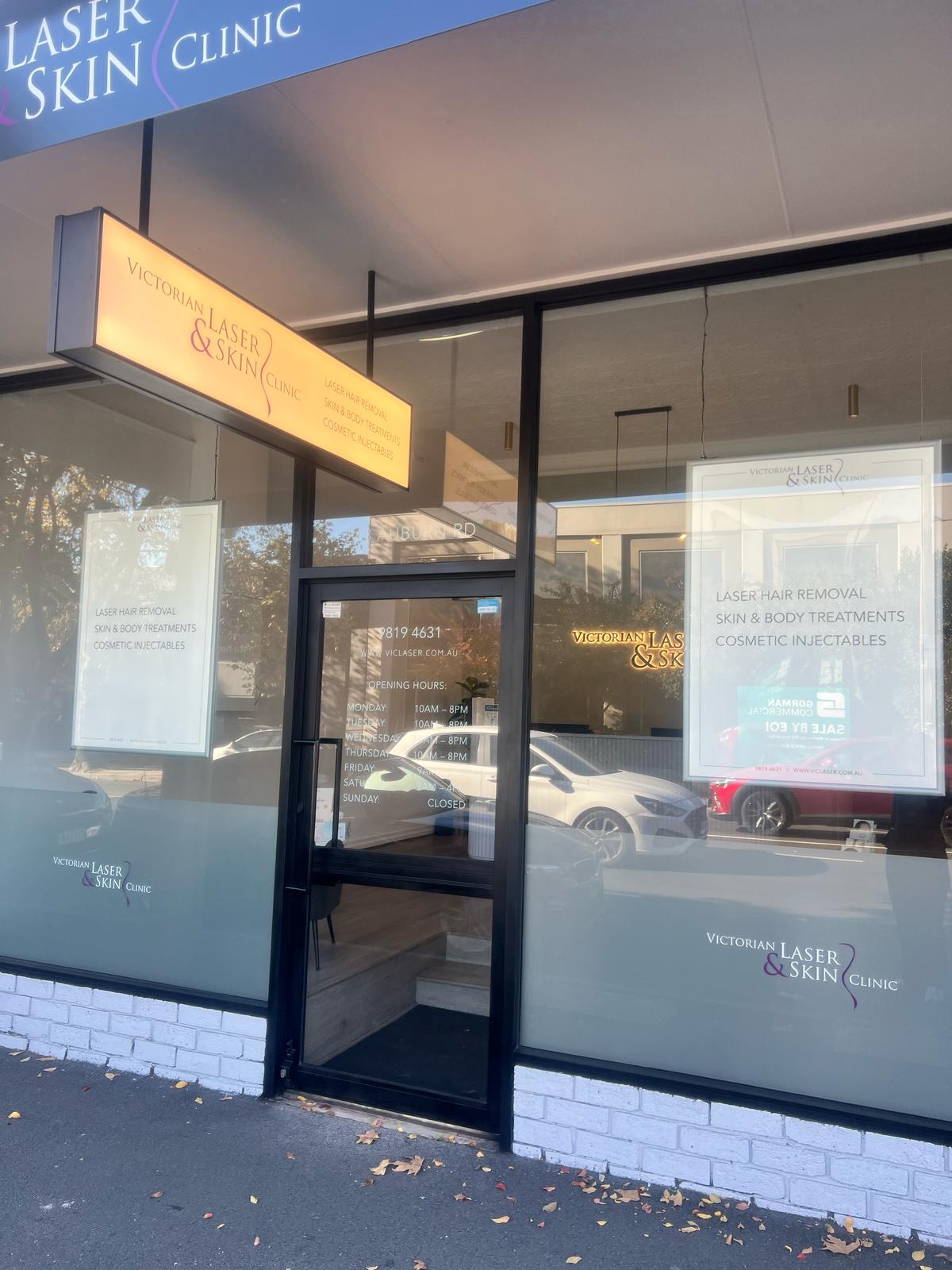One of the more frequently occurring side effects of lip fillers in Melbourne involves overfilled lips or the colloquially termed ‘duck lips’. While certain individuals prefer a plumper look with a defined pout, on occasion, the procedure results in a look that is artificial or overdone. There are multiple factors that can contribute towards duck lips. When reading up about the augmentation process, duck lips can come across as a red flag. There are steps to take to avoid these contributing factors. The tips that will be uncovered in this article will help anyone (including those of you that have already undergone the procedure) achieve a balanced lip look that helps maintain your attractive appearance for longer. From first-time lip augmentation patients to those looking to ameliorate a negative experience, this article unpacks any misconceptions and provides pathways to the best possible outcome so you can feel confident and ready to undertake your lip journey today!
What are lip fillers and how is it used?
Lip augmentation is a commonly undertaken cosmetic procedure that involves the use of substances known as fillers, to ensure fuller and more attractive lips. The filler consists of hyaluronic acid – a substance found naturally in the human body – that increases volume in one’s lips. The procedure itself helps elevate the fullness in the lips and accentuate natural beauty. Common uses of the filler include adding smooth lines, shaping the lips and enhancing overall appearance. They are not limiters in the ageing process but could assist in delaying the need for a surgical augmentation process like the lip lift or implants. The main aim of the filler is to help achieve a desired look and typically last between 12 and 18 months. This time frame changes based on an individual’s age and their metabolism. Typically, the younger one is, the shorter a filler will last.
How do fillers affect ‘duck lips’?
A myriad of pictures online can frighten you into the possibility of overdone lips after the augmentation procedure. Photos can include a variety of reasons for the look. The below are a few of the common issues found after most procedures:
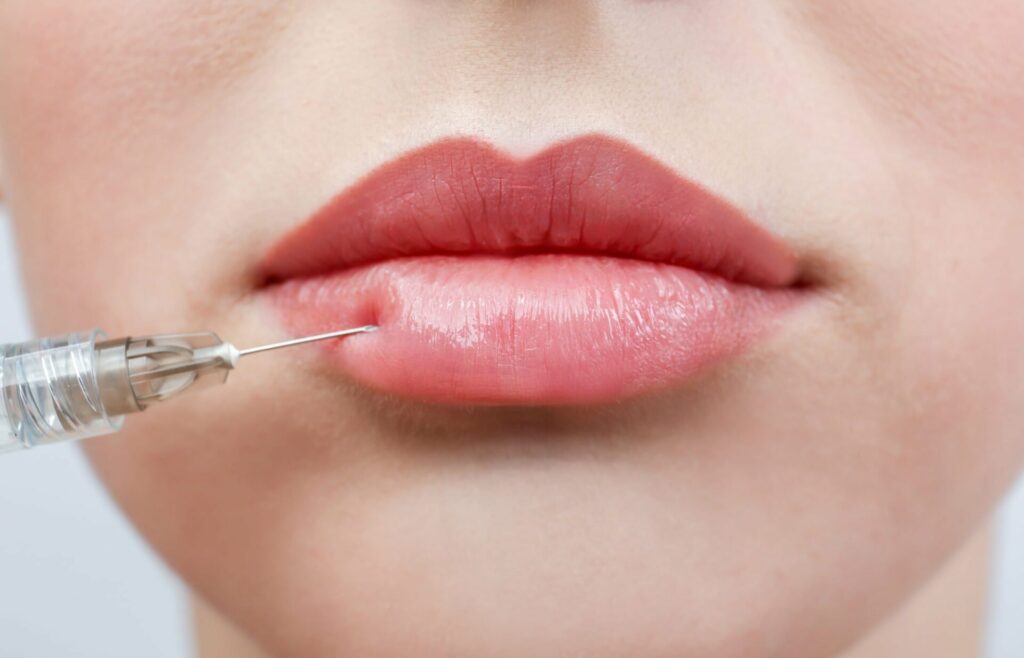
Post-procedure swelling
Significant swelling of the lips is a commonality amongst patients that have recently received lip fillers. The internet can be filled with pictures of duck lips that look swollen right after surgery. Given enough time, the swelling will reduce and will revert to a subtly improved look. The duck lip is only temporary if the procedure is done right.
Additional filler
Overfilling is another fairly popular issue faced by most patients. The standard volume of filler to be used is around 0.5 – 1 ml (or 0.5 to 1 standard syringe). Best practice around avoiding a duck lip involves following up a limited filling in the first session and monitoring results for a fortnight or a month.
Adverse reactions:
In certain highly unlikely circumstances, a duck lip could ensue when an individual swells up more than usual due to an allergic reaction. In such cases, the individual needs to monitor their lips for a week without intervention and return to the injecting provider to be evaluated.
Poor injection technique:
In certain situations, a duck lip could arise due to the technique used by the injecting provider on the day. The correct technique involves the provider filling along the natural tubercles to create a natural aesthetic. When equal amounts of filler are injected across the lip, the resulting look can resemble duck lips.
Self Injections
Some documented cases of a duck lips involve people trying to inject themselves or others without understanding the substances that make up the filler they are using. A lack of training under a certified licensing board can result in unpredictable outcomes and lacklustre results.
What are some ways you can avoid a duck lips:
Choosing an injector with qualifications and experience:
Without a doubt, the most critical factor in achieving your desired results requires seeking the services of a qualified dermal injector such as the professionals at Victorian Laser and Skin Clinic. While dermal fillers are considered a cosmetic treatment, an individual must remember that it is a medical procedure. Credible licensed healthcare professionals are integral to the results of the procedure. At Victorian Laser and Skin Clinic, we always provide before and after photos of previous patients to give patients an idea of what’s to come.
Clearly communicating goals and concerns
Every individual’s dermal filling requirements are different. Suffice to say that duck lips don’t form a part of most people’s prerequisites, but being clear about your expectations for a natural look can help guide the results to work in your favour. Before your appointment, set clear goals for your procedure. Where it’s a subtle improvement or a substantial transformation, the professional you choose needs to be on the same page as you are.
Conservative amounts of filler
Avoiding duck lips starts with limiting the amount of filler used in the procedure. A dramatic change to your look can be tempting but smaller amounts of filler help negate common side effects like bruising and swelling. Getting individual features assessed by a skilled injector can help measure the right amount of filler needed for your lips. Starting with smaller amounts of filler can give you leeway to make any necessary adjustments over time and avoid bigger unwanted blunders like duck lips.
Picking the right filler for you
The uses of filler are varied. While increasing volumes can be a goal for some, deep wrinkle smoothing can be a goal for others. The dermal fillers available can be categorised into hyaluronic acid (HA) fillers and collagen-stimulating fillers. HA fillers are a general favourite because of its ease of reversibility and adjustability while collagen-stimulating fillers don’t react favourably with everyone and are longer-lasting; making the adverse reactions like duck lips last longer as well. Moreover when it comes to expenditure, dermal filler costs vary based on the substance used. Discuss your options with your injector and understand what would suit your lips the best.
Follow aftercare instructions carefully
Once your procedure is done, your injector will provide you with aftercare instructions to help minimise swelling, bruising and any effects that resemble a duck lips. Following these instructions carefully will help ensure the best possible results. Avoid drinking alcohol, smoking, or engaging in strenuous exercise for at least 24 hours after your injection.
In conclusion, avoiding duck lips when getting fillers is all about choosing a qualified injector, communicating your goals and concerns clearly, starting with a conservative amount, considering the type of filler being used, and following aftercare instructions carefully. With these tips in mind, you can achieve natural-looking results that enhance your appearance without looking overdone.



